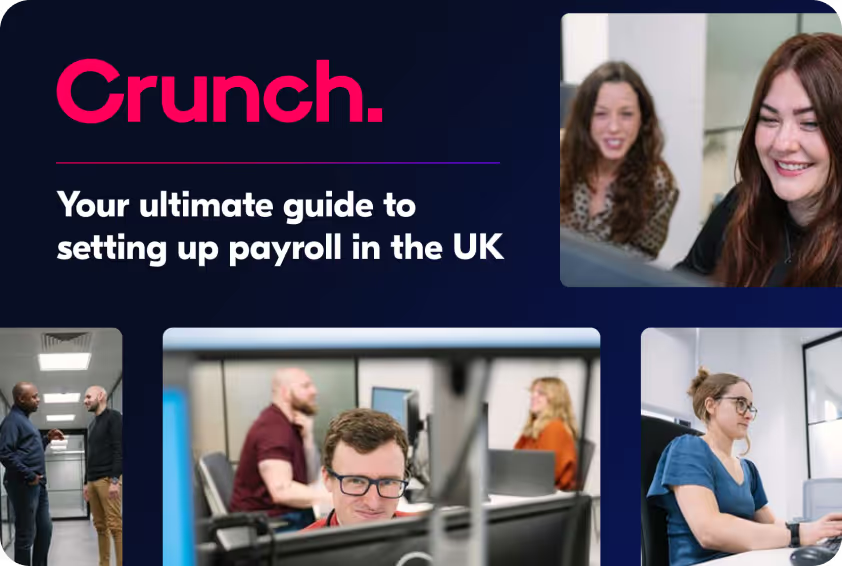An accurate valuation can instil confidence in potential investors, whereas a poor valuation will likely prompt the bellowing of those now infamous words – courtesy of Dragons’ Den – “I’m out!”
Why would you value a business?
Outside of buying or selling an entire business, here are some other common reasons for valuing a business:
- For investment purposes – a valuation can help with settling on a price for issuing new shares
- To develop an internal market for shares – a valuation can help to trade shares in a business at a reasonable price
- To stimulate management – valuation can focus the attention and efforts of under-performing management, or reward those who go above and beyond
Lots of variables affect the value of a business, such as brand reputation, competitors and the wider economy, but the following factors pack the biggest punch:
- The circumstances surrounding the valuation (compare a voluntary sale and a forced one)
- The tangibility of the business assets (contrast physical assets with future profitability)
- The age of the business (an established company’s profit versus an emerging company’s negative asset value)
But by far the weightiest factor that affects the value of a business is how much a buyer is willing to pay for it. To reach this figure, you can use a number of valuation techniques.
{{ltd-guide}}
How do you value a business?
Oscar Wilde once said that “people know the price of everything and the value of nothing.” The following business valuation methods should change all that.
1. Assets
The asset valuation method is suitable for businesses with sizable tangible assets. A tangible asset is any asset that takes on a physical form, such as land, buildings, machinery and inventory, whereas an intangible asset is a non-physical asset, like goodwill, brand recognition and intellectual property (copyrights, patents, trademarks and such).
The accounts will show the net book value of the business – that is, total assets minus total liabilities – but they may not factor in things like inflation, appreciation or depreciation, so you’ll need to be sure that all the asset values are up-to-date.
More often than not, this valuation method produces the lowest value for a business because it assumes that the business doesn’t have any goodwill which, in accounting circles, is defined as the difference between a company’s market value (what people are willing to pay for it) and the value of its net assets (assets minus liabilities).
2. Price/earnings ratio (or the multiple of profits)
The price/earnings technique is suitable for businesses with a solid track record of profitability.
It involves:
- Adjusting monthly or annual profits to exclude extraordinary events, such as one-off purchases or costs so that you’ll get a pretty good idea of future profits
- Adding further costs or gains the company makes after it’s been sold or invested in, which produces a final profit figure (called normalised profit)
- Multiplying normalised profit by three to five (which is the standard industry practice)
The resulting figure is the price-earnings ratio. Commonly accepted earnings multiples range from a modest one times earnings (doctors’ offices) to a whopping 25 times earnings (banks or hot tech startups).
3. Entry cost
The entry valuation model values a business by estimating the cost of starting up a similar business from the ground up.
You’ll need to calculate the cost of employing people, delivering training, developing products and services, building assets and a client base. The whole shebang, really.
4. Discounted cashflow
Reported to be Warren Buffet’s preferred business valuation technique, discounted cash flow is applied to mature businesses that are heavily invested and predict stable cash flow over several years to come – an established energy company with a local monopoly would fit the bill, for example.
The discounted cash flow method estimates what a future stream of cash flow is worth today. The valuation is the sum of the dividends forecast for each of the next 15 or so years plus a residual value at the end of the period.
Today’s value of each future dividend is calculated by applying a discount interest rate (typically, anything from 15% to 25%), which takes into consideration the risk and the time value of money (based on the idea that £1 received today is worth more than the same amount received tomorrow). If the estimated value is higher than the current cost of investment, the likelihood is that the investment opportunity is one worth keeping an eye on.
Discounted cash flow is the most complex way of valuing a business and is reliant on assumptions about long-term business conditions.
5. Comparables
A popular method of valuing a business is to consider the value of comparable companies that have sold in recent times or whose value is already in the public domain.
What works for calculating average house prices can work for valuing businesses, too.
6. Industry rules of thumb
Every industry sector has its own standard formula which you can use to value a business operating within it. For instance, retail outfits are normally valued as a multiple of turnover, volume of customers or number of outlets.
By contrast, computer maintenance and mail order businesses are almost exclusively valued by turnover, mobile phone airtime providers by the number of customers and estate agency businesses by the number of outlets.
{{cta-limited-company}}
Valuation examples
The owner of a money-hemorrhaging golf course resort situated on a £5m piece of prime real estate in Kent will be better off using an asset valuation method. This is because, despite any losses the hotel may be suffering, there remains a significant tangible asset in the form of the land on which the resort is built. The owner may well be cash-poor, but they’re still asset-rich to the tune of at least £5m.
By contrast, the owner of a virtual law firm – which has little in the way of tangible assets – that anticipates generating £500,000 in profit within the next year will probably fetch a higher valuation using either the discounted cashflow or comparables technique.
The reason for this is that the business value of the virtual law firm rests not in its tangible asset value but rather its future cashflow. The value of the physical infrastructure used to run a virtual network of lawyers will be negligible compared to the projected future income (£500,000) that will likely be generated by it. Both the discounted cashflow and comparables methods better accommodate projected values than an asset valuation approach.
In reality, when valuing a business, a prospective buyer or investor will use at least two of the six methods outlined in this article in order to reach a range of values.
Armed with these valuation formulas, you’ll not only know the price of a business, but the value of it too. Oscar Wilde would be proud.
Business Asset Disposal Relief
Previously known as "Entrepreneurs’ Relief" until April 2020, it reduces the amount of Capital Gains Tax payable when you sell shares in all or part of your business. The current 2024/25 Business Asset Disposal Relief means you'll pay tax at 10% on all gains on qualifying assets.
If you have a valuable company, this relief may be an avenue you’d like to explore further. You can check out our “What is Entrepreneurs’ Relief When Selling Shares?” article for more information.
The value of an accountant
If you don’t want to go through the hassle of working out the value of your business, you can always talk to an accountant. They can help you make sense of the figures and explain in real terms what they all mean to you and your business.Valuing a business is a complex discipline – as you might expect when billions of pounds are bet on the stock markets every day on the basis of company valuations. But it doesn’t have to be rocket science – there are some simple ways of estimating what a business is worth that won’t cause you stress.

.svg)



.webp)













